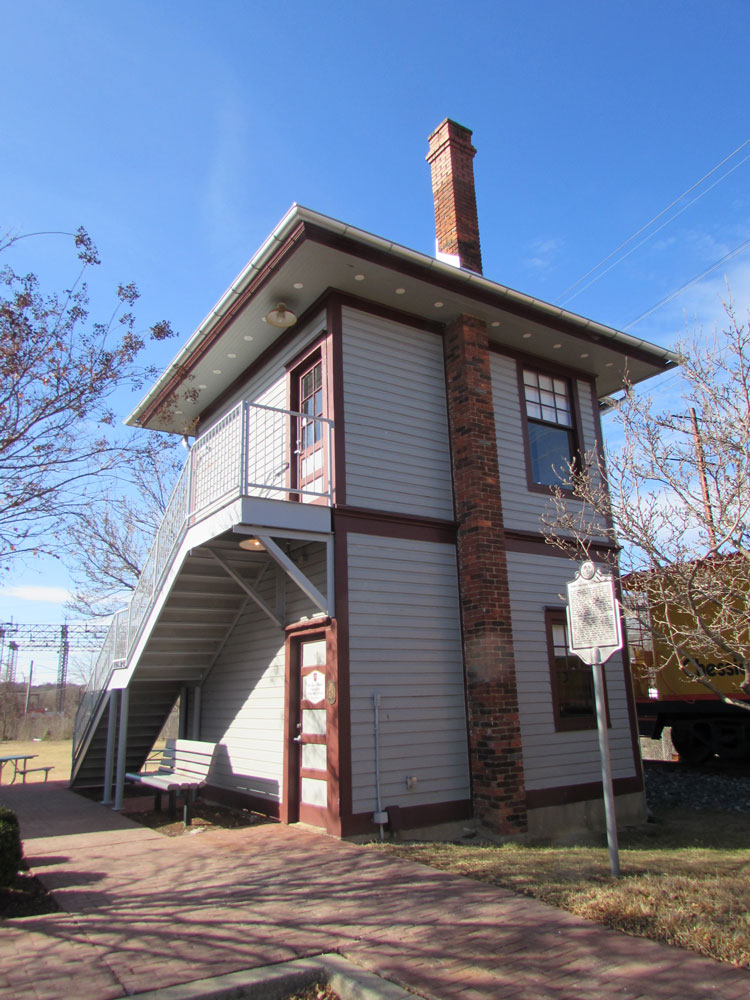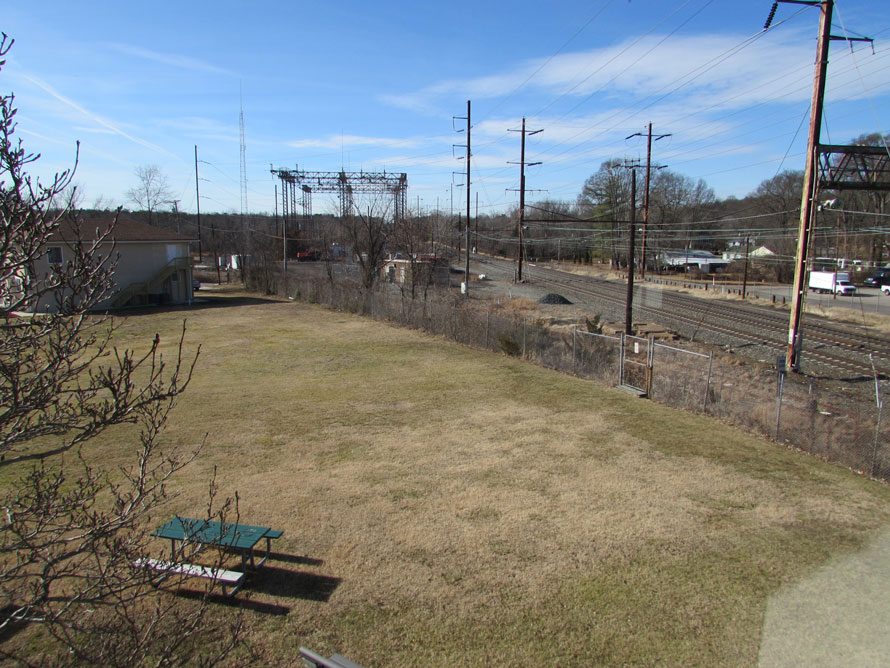
When people think about the town of Bowie, Maryland, they think of it as that town that they breeze through between Annapolis and Washington D.C. along U.S. Route 50. Most people will say that there is really nothing in Bowie but houses and a few shopping centers, and that there is really nothing particular to the town. Well, if you knew that it is the largest town in Prince George’s County, Maryland; that it is the fifth most populated town in the U.S. state of Maryland and the third largest town in land area in the state of Maryland; that it is one of the largest suburban cities of Washington D.C., the home of a race track, the Belair Mansion and Belair Stable Museums which was once a colonial plantation house plus a few other historic homes; and that it is the home of the National Radio and Television Museum which is housed in an old home, you cannot say that there is not much to the town of Bowie. It is a town that has much more than you can imagine.
Now some of you are saying, “Wow! I never knew that about Bowie, and all I ever thought about was the town we breeze through on U.S. 50 on the way to the beach. Then again, there are no railroads in this town. Therefore, you will not see me stopping over here.”
Old Bowie
It all began in a section of town that was first known as Huntington City but is now known as “Old Bowie,” the oldest part of the town. Today, Maryland Route 564 passes through this section. When you visit this part of town, you will notice something. You will notice the electrified railroad line with the wires overhead. It is this spot on the electrified railroad where Bowie began as a small railroad stop for the town you see, enjoy and breeze through today.
Who is the town named after? The name of the town is also a bit of railroad history. A man by the name of Walter Bowie, a newspaper writer who wrote under the name “Patuxent Planter,” was the leading advocate to bring a railroad into Southern Maryland. He, along with Thomas Fielder Bowie, William Duckett Bowie and Oden Bowie (who later became the governor of Maryland and for whom the town is named) approached the Maryland General Assembly in hopes of getting their idea approved. On May 6, 1853, the Maryland General Assembly chartered “The Baltimore and Potomac Railroad Company.” In 1861, construction began, but it was stalled by the Civil War. The railroad was eventually built from Baltimore into Southern Maryland with different branch lines to serve the town of Upper Marlboro and continued south into Port Tobacco, to the Potomac River, and into Saint Mary’s County. Service began in 1872. Oden Bowie was the first president of the Baltimore and Potomac Railroad, and in 1873, was the president of the Baltimore City Passenger Railway. A railroad line was later built to Washington D.C. and was operated by the Baltimore and Potomac Railroad. “Old Bowie” continued to grow around this junction. In 1902, the Pennsylvania Railroad took over full control of the railroad and eventually electrified the tracks.
The Washington, Baltimore and Annapolis Railroad built an electric trolley line south of the old town. This line enabled the construction of the Bowie Race Track and a school for African-Americans that later became Bowie State University.

Today, the line into Southern Maryland is still in service but only as a freight line for coal trains. The electrified line is now owned by Amtrak and runs high speed trains between Washington D.C. and Boston, Massachusetts, and it also has MARC (Maryland Area Regional Commuter) trains running along the line with a stop at Bowie State University. Next to the junction is the Bowie Railroad Museum where you can see and read about the railroad history, and you can see a model of the original town and what it looked like back in the day. The museum also has an old caboose from the Chesapeake & Ohio Chessie System and an old yard tower that was relocated to where it is today from its original location to be a part of the museum. (The original passenger station no longer exists.) It is located at 8614 Chestnut Avenue and is open Tuesday to Sunday 10:00am to 4:00pm. Admission is free, but they appreciate any donation you give. The Washington, Baltimore and Annapolis trolley line is now a rail trail. It is accessible from Hill Meade Road and other location in Bowie.
So, the next time you are roaring through Bowie on the way to Annapolis or the beach, remember that you are passing through history—railroad history.
John Cowgill – Photographs and text Copyight 2018
Excellent, John. A town I never knew about, but is now on my bucket list!